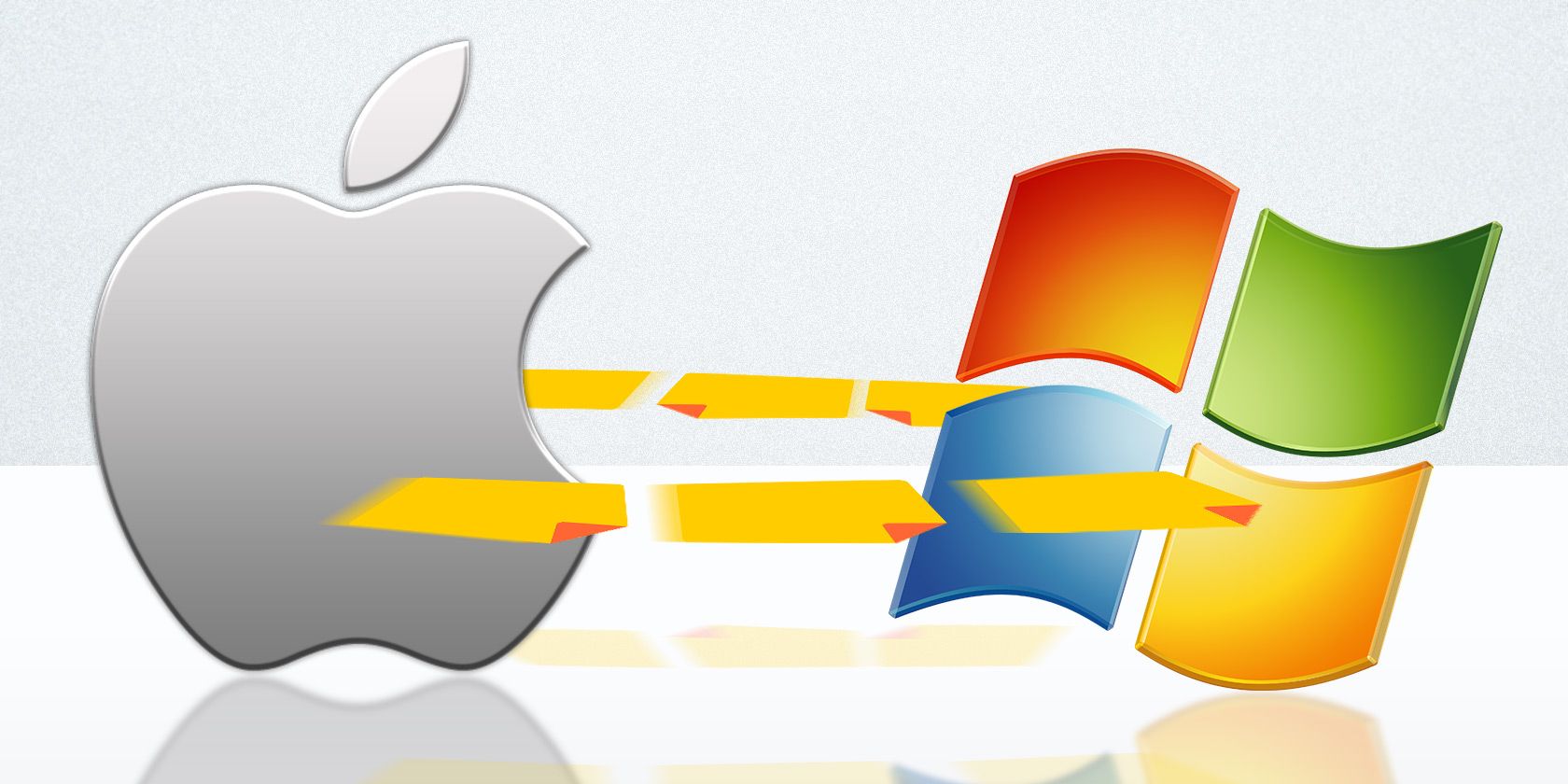

- Best file format for both windows and mac os mac os#
- Best file format for both windows and mac os install#
When partitioning a storage device, we have two partitioning methods to choose from: In the next section, we'll dive deeper into partitioning, and get to know two concepts that will change your perspective on file systems: system firmwares and booting.Īway we go! 🏊♂️ Partitioning schemes, system firmwares, and booting In Unix-like operating systems, however, partitions appear as normal directories under the root directory - we'll cover this later. For instance the primary partition on Windows (on which Windows is installed) is referred to as C:, or drive C. Some operating systems, like Windows, assign a drive letter (A, B, C, or D) to the partitions.
Best file format for both windows and mac os install#
So no matter how many heavy games you install on your computer, it won't have any affect on the operating system's performance - since they reside in different partitions.īack to the office example, having a call center and a tech team in a common area would have a negative effect on both team's productivity, because each team has their own requirements to be efficient.įor instance, the tech team would appreciate a quieter area. It also allows us to keep critical system files apart from ordinary files. Partitioning isn't just a way of installing multiple operating systems and tools, though.


The recovery and diagnostic utilities reside in dedicated partitions too.įor instance to boot up a MacBook in recovery mode, you need hold Command + R as soon as you restart (or turn on) your MacBook.īy doing so, you're instructing the system to boot up with a partition that contains the recovery program. On a computer with multiple partitions, you can install multiple operating systems and every time choose a different partition to boot up your system with. It's just like how we partition our workspace, to separate (and isolate) meeting rooms, conference rooms, and teams. The reason is that we don't want to manage and use the whole storage space as a single unit, and for a single purpose. So why should we split the storage devices into multiple partitions? Instead, they manage swapping within the partition the operating system is installed on.
Best file format for both windows and mac os mac os#
Windows and Mac OS also have similar layout, although they don't use a dedicated swap partition. Partitioning is done by a disk management tool provided by operating systems, or a as text-based CLI tool provided by the system's firmware.Ī storage device should have at least one partition, or more, if needed.įor example, a basic Linux installation has three partitions: one partition dedicated to the operating system, one partition for user files, and a swap partition. Partitioning is splitting a storage device into several logical regions, so they can be managed separately as if they are separate storage devices. Storage devices must be partitioned and formatted before the first use. Space management, metadata, data encryption, file access control, and data integrity are the responsibilities of file system too. However, a file system changes everything:Ī file system isn't just a bookkeeping feature, though. Imagine a room with piles of papers scattered all over the place.Ī storage device without a file system would be in the same situation - and it would be a useless electronic device. The term file system takes its name from the old paper-based data management systems, where we kept documents as files, and put them into directories. Well, without a file system, the storage device would contain a big hunk of data stored back to back, and you wouldn't be able to tell them apart. Why do we need a file system in the first place, you may ask? However, the concepts remain relevant to other environments and file systems. To keep this guide manageable, I'll concentrate on Unix-like environments when explaining the lower-level structures or console commands. I'll also cover partitioning and booting as well, to help you understand the concepts surrounding file systems. In this guide, I'll help you understand file systems and any conversation about file systems. When people talk about file systems, they might refer to different aspects of a file system depending on the context - that's where things start to seem knotty.Īnd you might end up asking yourself, WHAT IS A FILE SYSTEM ANYWAY? 🤯 :) What is a file system?Ī file system defines how files are named, stored, and retrieved from a storage device. This post is meant to be a high-level overview of file systems, but I'll sneak into the lower-level concepts as well. That's why I decided to write an article about it. It's a bit tricky to explain what exactly a file system is in just one sentence.


 0 kommentar(er)
0 kommentar(er)
